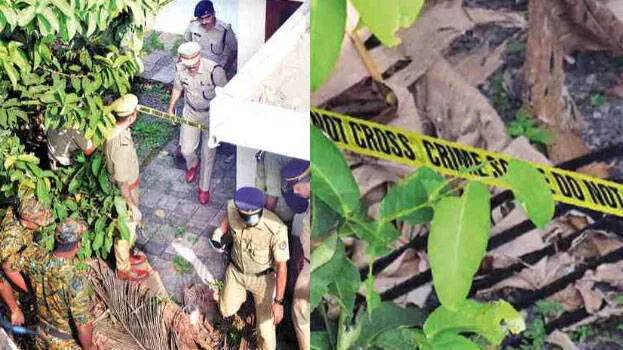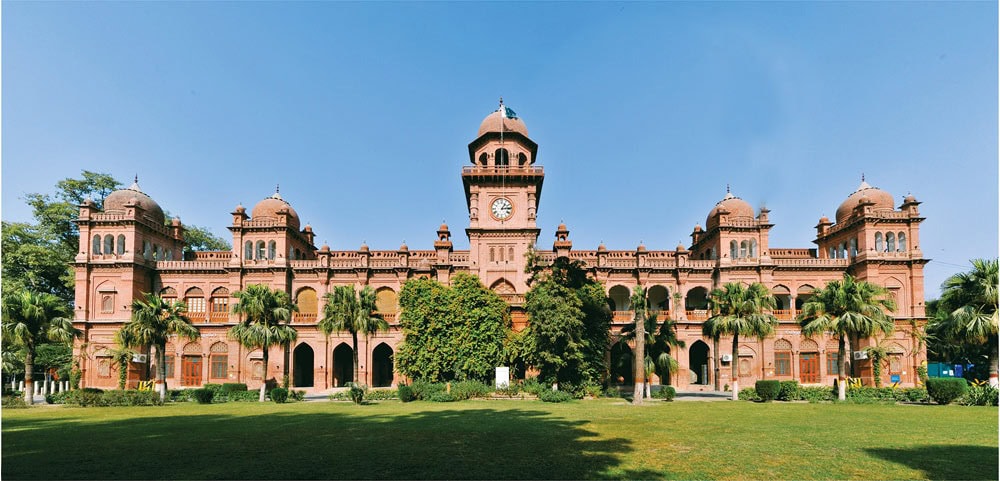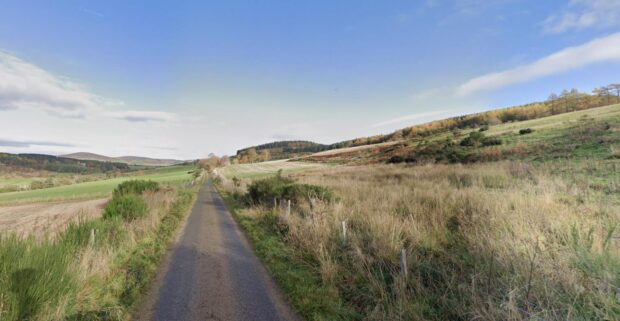
AAP FACTCHECK – A decades-old false claim that the Red Cross inspected Auschwitz in 1944 and found no evidence it was an extermination camp has resurfaced on social media. A letter from a Red Cross employee is being used to support the claim. However, while an International Committee of the Red Cross (ICRC) delegate did enter the Auschwitz complex, he was not permitted to carry out an inspection of the facilities, and experts say he did not visit the camp’s killing centre.
There’s extensive evidence the facility was used for the mass killing of Jewish people. The claim is made in a Facebook post that says: “The Holocaust, Fact and fiction! GENEVA 22nd NOVEMBER 1944 1. The Red Cross inspected Auschwitz in 1944 and found no evidence it was an extermination camp.

” The post shares a picture of a letter dated November 2, 1944, from the ICRC. The letter reads: “It is a fact that one of our delegates was able to enter this camp. He approached the Commandant with a view to arranging a scheme of possible relief consignments for the civilian prisoners there.
“According to his impression, the camp was a type of ‘extensive concentration camp’ where the detainees were compelled to do various kinds of work, including work outside the camp. Our delegate told us that he had not been able to discover any trace of installations for exterminating civilian prisoners.” The delegate referred to was Maurice Rossel, who in 1979 recounted his visit to Auschwitz in the documentary Shoah by Claude Lanzmann.
Rossel explains in the film (from 01:16:59 timestamp on screen) that the visit was not an official ICRC inspection, as the organisation had no legal basis to enter the camp. He said he had “no authorisation, written or otherwise” (01:21:01) and managed to enter the camp by his own wits. Rossel says he was then invited to the commander’s office for coffee, where he discussed the delivery of supplies and food packages.
In the interview (01:25:23:28) Rossel is asked, “Did you see the camp?” He replies: “No, Only the barracks. I could see from where I was.” From his description, it’s likely Rossel’s 30-45 minute meeting took place in Auschwitz I, which was separate from the extermination centre.
What’s referred to today as “Auschwitz” was actually a complex of camps at the town of Oswiecim near the pre-war German-Polish border. Auschwitz I was the main camp while Auschwitz II-Birkenau was the killing centre , housing multiple gas chambers. A map of Auschwitz I shows the camp administrative office at label “3”, overlooking prisoner barracks, which aligns with Rossel’s account.
Birkenau was roughly 3km away . Rossel also wrote a report of his visit. In a translated version , he says: “From the camp itself we only see 6 to 8 very large red brick barracks.
These buildings look new, all the windows are equipped with bars, the camp is surrounded by a concrete slab wall, very high wall, surmounted by a barbed wire trim.” He also indicates in the documentary that he wasn’t at Birkenau. “You suspected nothing of Birkenau.
..an extermination camp half a mile away,” Lanzmann asks (01:27:46).
“No, I didn’t,” he replies. “Nothing.” Historian Sebastien Farre , who has written about Rossel’s visit, agreed he didn’t enter Birkenau.
“His presence in the camp was limited to the meeting with the camp commander (according to Rossel report) regarding the ICRC’s desire to send food parcels and medicines,” he told AAP FactCheck . “His report briefly describes the camp entrance and the brick barracks, but he does not visit Birkenau.” Resident historian at the Sydney Jewish Museum, Emeritus Professor Dr Konrad Kwiet , told AAP FactCheck the claim in the Facebook post was false because the Red Cross wasn’t allowed to see any evidence of exterminations at Auschwitz.
He said the Red Cross account of the visit to Auschwitz had been used as part of a long history of Holocaust denial and distortion, and that the Red Cross had since apologised for its failures to speak up about the camp. It’s widely accepted that Auschwitz was an extermination camp where around one million were killed , primarily Jewish people. Thousands of survivors and guards have provided testimony to the mass killings that took place.
All information, text and images included on the AAP Websites is for personal use only and may not be re-written, copied, re-sold or re-distributed, framed, linked, shared onto social media or otherwise used whether for compensation of any kind or not, unless you have the prior written permission of AAP. For more information, please refer to our standard terms and conditions ..










